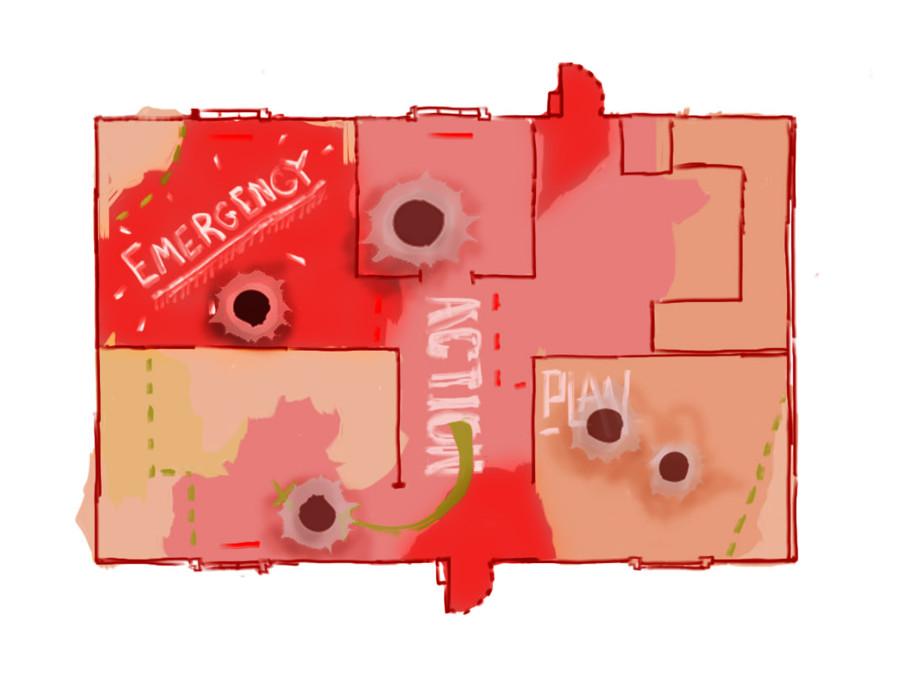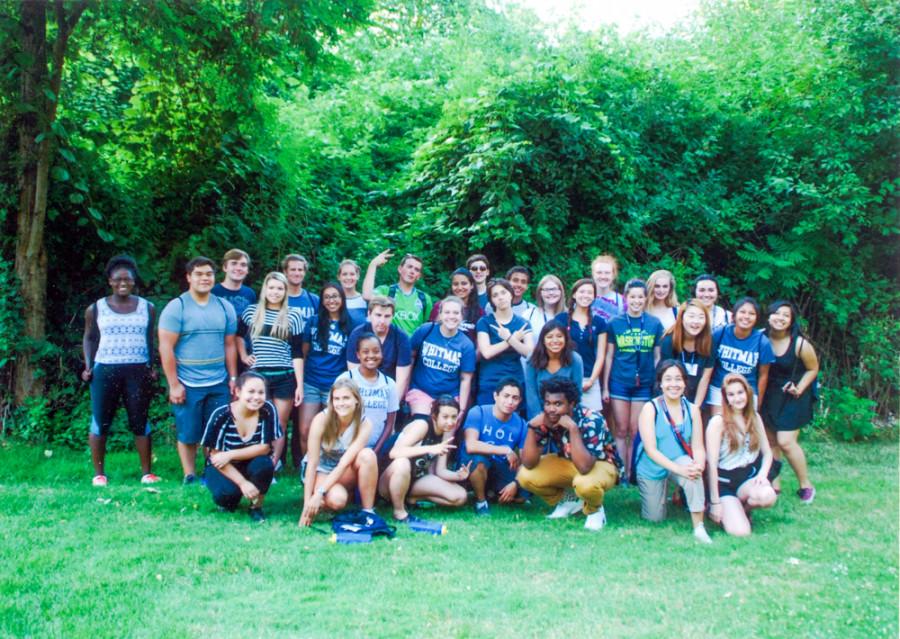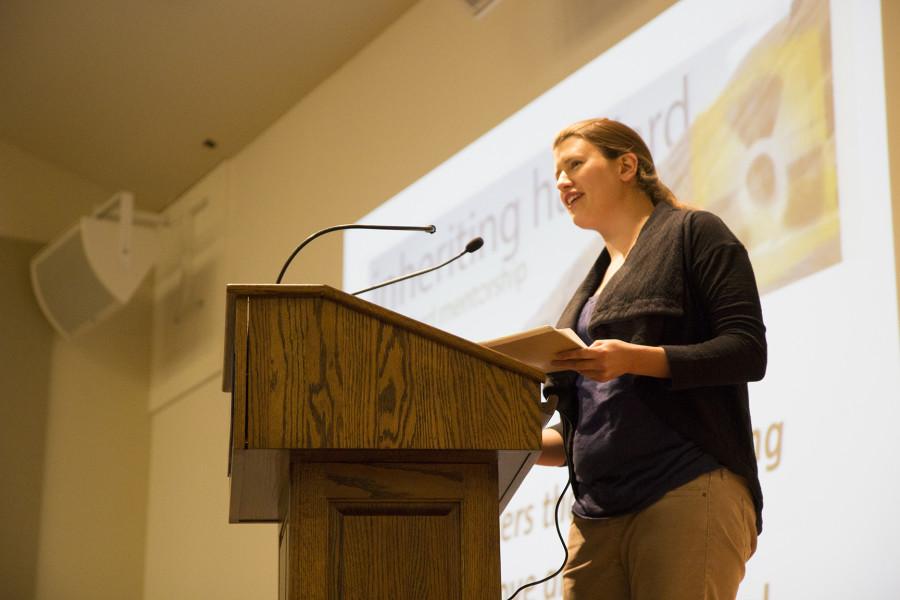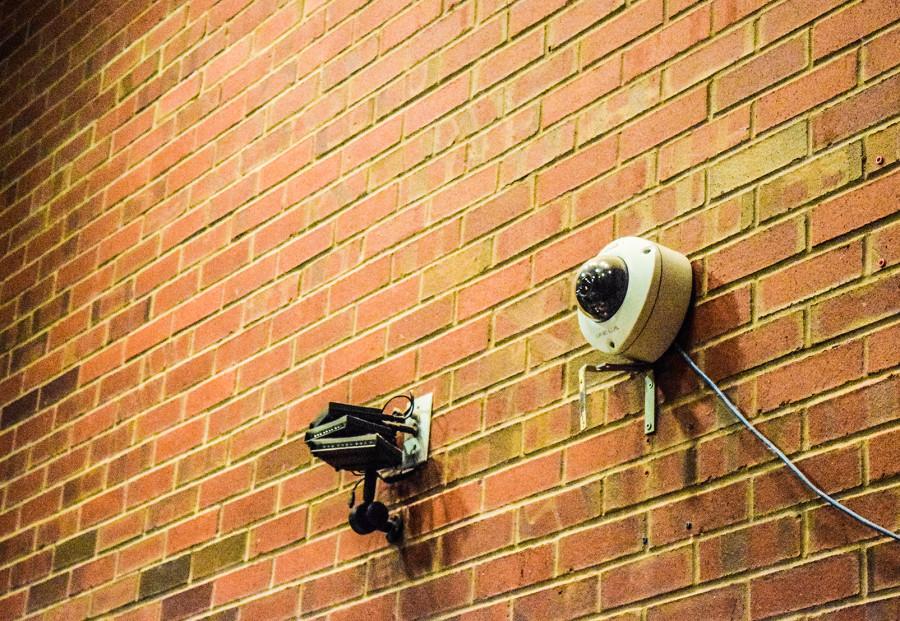 A trip to Tibet led Phil Borges to create the book “Tibetan Portrait: The Power of Compassion” and begin documenting indigenous populations.
A trip to Tibet led Phil Borges to create the book “Tibetan Portrait: The Power of Compassion” and begin documenting indigenous populations.
Thirteen years later he has lived with indigenous cultures around the world, hosted Discovery and National Geographic documentaries, created feature photography exhibits and written award-winning books. His latest activity? Speaking at Whitman Oct. 1.
“I love going into remote areas, meeting these people, learning their stories and taking their portraits,” Borges said.
Adjunct Assistant Professor of Art Charly Bloomquist, who has worked closely with Borges, commended Borges’ work with the tribes and cultures.
“He goes out and meets these people and talks to them and it’s not done in a way to exploit them or to self-aggrandize himself,” Bloomquist said. “It’s a way to help bring their stories and their lives to us.”
Not content to be solely a photographer, Burgess wants to be a storyteller, teacher and sometimes even a cultural anthropologist.
“I wanted to document places where people were living like they always have been because I knew it was going away,” Borges said.
Half of the 6,000 languages spoken today will not be carried to the next generation. Every two weeks, an elder dies who was carrying the last spoken word of an entire culture.
“This fact really consumed my work for two years,” Borges said, “This is a silent extinction.”
Borges’ current project focuses on women empowerment in the developing world.

“There is violence against women, trafficking [of] women, and women do so much of the work. Women grow 50 percent of the world’s food and own one percent of the farmland,” Borges said.
Whether Borges’ projects address indigenous cultures or human rights issues, they connect an audience to subjects in need of attention.
“Through his work, he finds a way to make us care. Through his portraits, Mr. Borges dissolves apathy,” said sophomore Dujie Tahat, who introduced Borges.
Borges has passed his sense of global citizenship to middle and high school students in Seattle, where he lives. In 2001, he founded Bridges to Understanding, a nonprofit organization that connects American students with their peers in other countries, using digital technology and the art of storytelling to unite youth and to encourage cross-cultural understanding.
“I wanted to bring teenage indigenous kids with teenage American kids,” Borges said, “We taught them how to use cameras and how to put together stories about issues in their community . . . I am very much in favor of global service learning.”
Mukulu Mweu, Associate Dean of Students at the Intercultural Center said Whitman students should consider Borges’ method of social engagement.
“The way he approaches his work I think is good for the Whitman students with this interdisciplinary approach,” she said. “It wasn’t just about the photographs, so there was also that social component. He was almost telling the Whitman student to go out there: you can go with only a camera but you accomplish a lot more.”
Even a student who only had time for part of the lecture left inspired.
“I stumbled into the lecture late, expecting to see some cool art,” said sophomore Alice Minor. “Instead, I had the opportunity to meet an activist-artist-community collaborator-traveler and look at some artwork that toyed with the traditional photography. I was too gripped to leave.”






